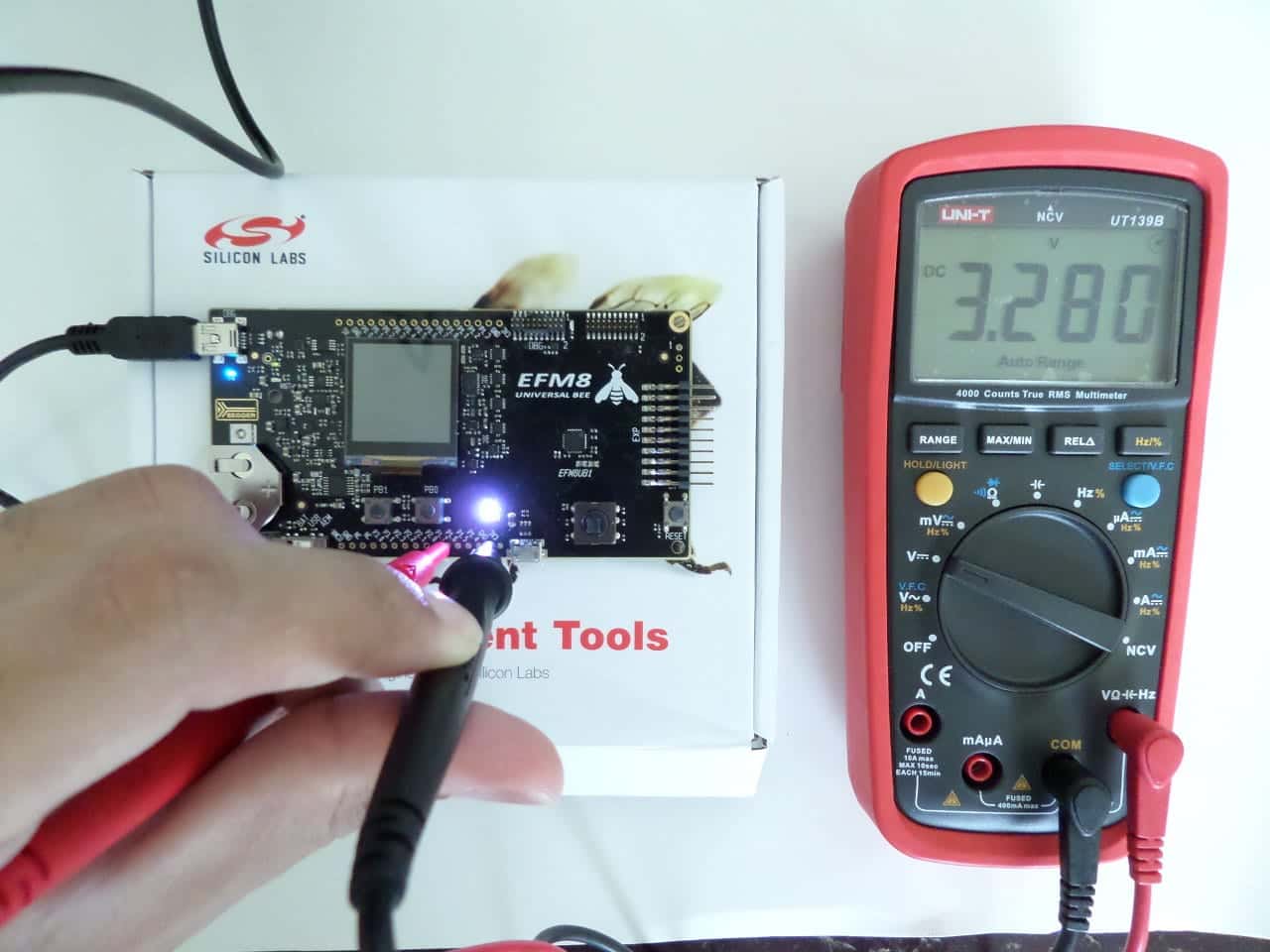Multimeters are versatile electrical testers designed to check voltages, current, resistance, capacitance, circuit continuity among other metrics in electric circuits, depending on the model. A multimeter can’t do everything, but it can cover a wide range of applications.
Choosing The Right Features
High voltage protection is much a greater issue in certain fields than it is for others, due to the fact that certain fields frequently involve the measurement of high voltages. For example: HVAC-R. Small, residential air conditioning and refrigeration systems are typically 120-240 Volts. However, commercial systems may exceed that.
Regardless, an electric shock can be harmful even at 120 Volts. If you’re in this field, or are working on any other high voltage equipment, don’t skimp on your meter. Buy a high quality model from a brand known for their safety (for example: Fluke). One example of a meter that fits the bill (also recommended for its safety and accuracy by experts around the world) is the Fluke 87-V.
Key features to look out for:
| Commercial HVAC Technician | Volts, temperature, continuity, NCV, weatherproof. |
| Automotive Technician | Voltage, amps, continuity, resistance, diode testing. |
| Electrician | Voltage, clamp, NCV, resistance, continuity. |
| Embedded Systems Engineer | True RMS, voltage, temp, resistance, amps, capacitance, continuity, diode and transistor testing. |
In the table below, there are a few common use cases for each type of meter.
| Commercial HVAC Technician | Both conventional and clamp may be required. |
| Automotive Technician | Conventional. |
| Electrician | Conventional. Clamps are useful. |
| Embedded Systems Engineer | Conventional (accuracy is key, due to devices in the microamp range). |
The Safety Of Multimeters Is Critical
The safety of a multimeter is both a technical issue, and a matter of choosing the right type of meter for your purposes. The latter refers to choosing a clamp multimeter vs a conventional model, if required.
I’ll start with type selection. A conventional multimeter measures electric current by connecting it in series with a load. For example, if you want to measure a 220VAC air conditioner compressor’s power consumption, you would have to disconnect or cut the live wire connected to it and then connect the multimeter in series with it.
This raises your risk of electric shock as you have to handle the wires a bit more than if you were using a clamp multimeter. If you had a clamp multimeter, you wouldn’t have to handle any uninsulated wires. You would just open the clamp and place it over the insulated wire (no stripping or cutting necessary), as shown below (you would have to use a single live wire as you would with a conventional meter, you can’t run both live and neutral through the clamp).

Clamp multimeters are wireless, so they also come with the perk of being able to measure large currents in the order of hundreds of amps, as opposed to the 10 amps that most multimeters will limit you to. This is especially useful (essential in some cases) for large industrial HVAC systems, which operate on well over 10 amps.
If you have to use a regular meter, and you need or would like a clamp meter as well just to measure large currents, you can get an economical model and go with the UT202A like I did. It won’t burn you with that feeling of cheapness that budget multimeters often have. It’s actually solid.
The Other Aspect Of Multimeter Safety
The other, less trivial aspect of multimeter safety I was referring to is high voltage protection. Good multimeters come with high voltage protection, some of which may be in the form of positive temperature coefficient thermistors (PTC), varistors, and fuses.
The PTCs will heat up if exposed to higher voltages, resulting in a higher electrical resistance, which impedes the flow of electric current through the multimeter. Voltage measurement doesn’t require current to flow through the meter.
Some cheap multimeters come with no PTCs, varistors, or fuses, resulting in a high risk of overheating/melting the meter or electrocuting the user if it is connected to a high voltage circuit. There are meters which strike a fair balance between safety and price if you’re on a tight budget, such as the Extech EX330.
Dave from EEVblog explains that better than I can.









